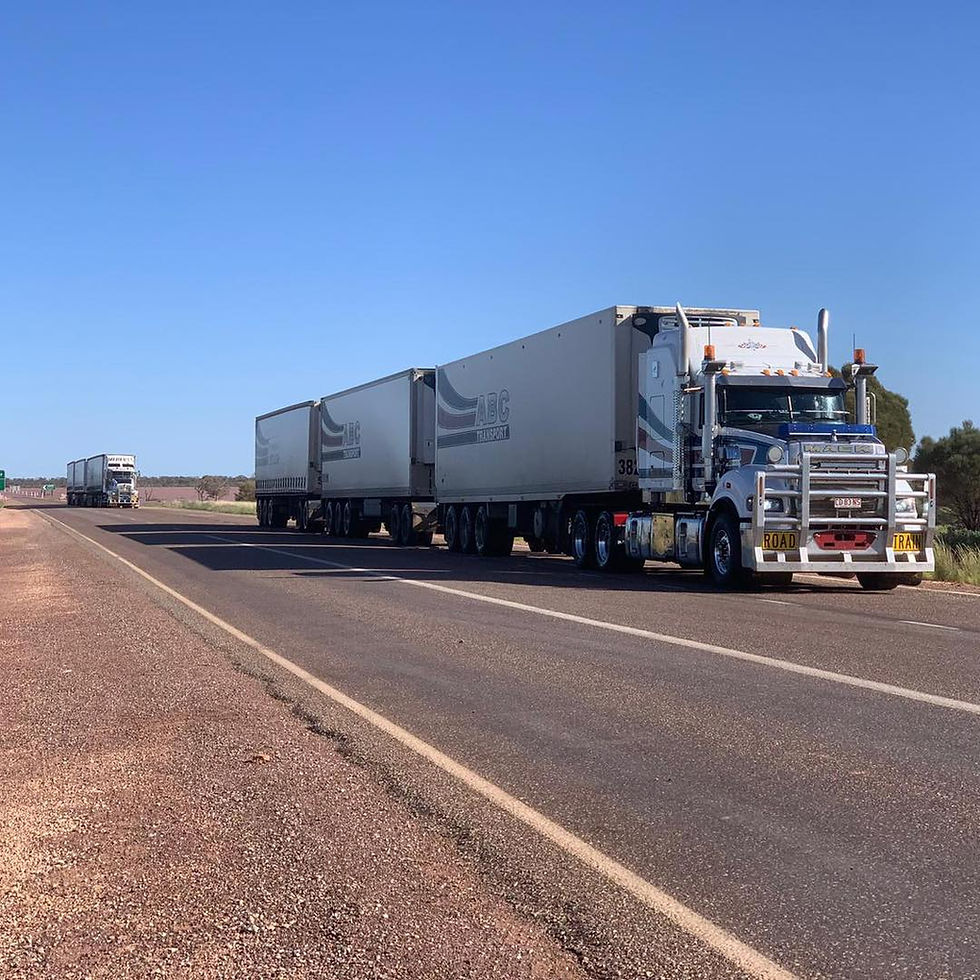PM likely to go to Glasgow
- John McDonnell
- Sep 30, 2021
- 3 min read

Sources within Scott Morrison’s office are saying that he is likely to travel overseas in November to attend the G20 meeting in Rome followed by the climate conference in Glasgow, provided Gladys Berejiklian has introduced her seven-day home quarantine arrangements for New South Wales by then.
There are indications that Australia will announce a commitment to the ‘zero emissions by 2050’ target, at Glasgow.
There are also suggestions that President Biden is pushing Australia to announce a stronger medium-term target, possibly a 35 per cent reduction in emissions by 2030. Coincidentally, this is less than the average of the individual Australian state targets for 2030.
The word in Canberra is that energy and emission reductions minister, Angus Taylor, has reached an agreement on the targets with Barnaby Joyce and deputy nationals leader David Littleproud and has also received approval for the emission reduction plan. It is likely to go to cabinet next week and be released to the party rooms and the public the week after.
The PM and minister Taylor will then be confronted with two ongoing problems.
The first of these is likely to be a backlash from some of the Queensland backbenchers such as Matt Canavan and Llew O’Brien who will be critical of the targets and probably the plan if it does not do enough to protect the future of coal and gas-fired power.
There will also be pressure to include nuclear energy as a possible alternative baseload power source.
On the other hand, the Labor party is likely to be critical of the plan if it contains references to fossil fuels and carbon capture and storage. Labor is likely to oppose the government’s proposal to use gas as a transition source of energy. If Labor and the recalcitrant Nats were to oppose the plan, then to the extent that it required legislation to come into effect, it would probably not pass the senate.
However, if Labor adopted this course, it would wedge itself because Morrison would go to the election saying the opposition was against the plan to get to zero emissions by 2050.
The other problem that the government will confront is getting the states to accept the national plan. At the moment all the states have individual plans that are mutually inconsistent. These will impose different rules on investors and energy operators, which in turn will increase the transaction costs ad make energy supply less secure and more expensive.
This week, NSW energy minister, Matt Kean, announced a comprehensive energy and emission reduction scheme with a target of 50 per cent reduction in emissions by 2030. This will be achieved by phasing out all coal-fired power stations in NSW and mandating 50% of vehicles on the road are electric vehicles, by the target date.
The NSW treasury predicts that there will be massive investment in renewables over the next decade, backed up by dispatchable power from Snowy 2.0 pumped hydro scheme.
There is no indication as to how the Commonwealth’s new gas-fired power station, which is to be built in NSW, will fit into the NSW plan and targets.
The chair of the Energy Security Board, Dr Kerry Schott, is likely to be responsible for imposing consistency between the national and the state plans. She has endorsed the NSW plan as achievable and backed the ambitious targets. This implies that she does not think that the Kean plan will threaten the stability of the grid and that electricity retailers will have no trouble sourcing dispatchable power to back up the renewables.
Notwithstanding the Morrison government adopting targets and promulgating a plan, these will not result in any relaxation of the pressure on the government from the green-left and the renewables lobby.






Comments